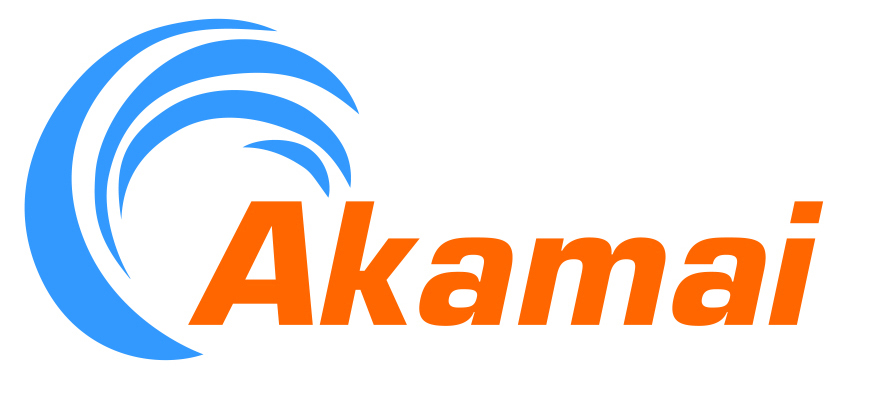
 Based on data gathered from Akamai’s globally distributed Akamai Intelligent Platform™, which is made up of a distributed network of servers and intelligent software, delivering over two trillion interactions daily, the latest version of the report provides insight into online trends for the second quarter in 2014.
Based on data gathered from Akamai’s globally distributed Akamai Intelligent Platform™, which is made up of a distributed network of servers and intelligent software, delivering over two trillion interactions daily, the latest version of the report provides insight into online trends for the second quarter in 2014.
By analysing Web traffic delivered by Akamai to its customers, the report provides global statistics including: connection speeds, attack traffic, network connectivity / availability / latency problems, IPv6 growth / transition progress, as well as data regarding broadband adoption and mobile connectivity.
The report also provides comparative data by region examining connection speeds, the most frequent origins of attack traffic, and the highest-performing geographies for mobile connectivity.
A few key Australia highlights from the SOTI report include:
Average Connection Speeds
- Australia ranked in 41st position globally in terms of average connection speeds, up 1 position from the previous quarter (Q1 2014).
- Q2 2014 average connection speeds were recorded at 7.1Mbps (representing a 18% increase quarter-over-quarter). Year-on-year change of average connection speeds in Australia saw an increase of 46%.
Average Peak Connection Speeds
- Australia ranked in 40th position globally in terms of average peak connection speeds, up 1 position from the previous quarter (Q1 2014).
- Average peak connection speeds in Australia were recorded at 36.8Mbps (representing a 16% increase quarter-over-quarter). Year-on-year changes saw a 27% increase in Australia.
Broadband Connectivity
- Australia ranked in 44th position globally in terms of broadband connectivity (above 4Mbps), up five positions from the previous quarter.
- The percentage of broadband connectivity (above 4 Mbps) was recorded at 65% (a 18 % increase quarter-on-quarter). Year-on-year changes saw a 61% increase in Australia compared to the same period in 2013.
High Broadband Connectivity (<10Mbps)
- Australia remained in 38th position globally in terms of high broadband (above 10 Mbps) connectivity.
- The percentage of connectivity recorded above 10 Mbps in Australia was 15%, up 45% quarter-on-quarter. Year-on-year changes saw a 202% increase in Australia compared to the same period in 2013.
Mobile Connectivity
- 45 qualifying countries/regions had average peak mobile connection speeds above 10 Mbps, with Australia the only one above 100 Mbps; it was more than 2x faster than Japan, which had the next highest average peak mobile connection speed.
- Average peak mobile connection speeds in Australia were recorded at 108 Mbps.
Situational Performance
- The average page load time for broadband in Australia was recorded at 3544 (ms). Last quarter, this was recorded at 4207 (ms).
- The average page load time for mobile in Australia was recorded at 4551 (ms), compared to 4510 (ms) last quarter.
- Japan recorded the shortest average page load time for broadband at 1097 (ms), however Turkey recorded the shortest average page load time for mobile at 2335 (ms).
4K Readiness* (<15 Mbps Connectivity)
- Australia ranked in 35th position globally in terms of 4K readiness (above 15Mbps), down one position compared to the previous quarter.
- The percentage of connectivity recorded above 15 Mbps in Australia was 6.7%, up 53% quarter-on-quarter. Year-on-year changes saw a 221% increase in Australia compared to the same period in 2013.
* Please note that the rankings presented here are not intended to specify who can/ cannot view 4K content, but rather which countries/regions have higher concentrations of 4K “capable” connectivity, resulting in a larger complement of subscribers being able to enjoy a quality experience when streaming 4K content.
Attack Traffic
- Australia and New Zealand experienced less than 0.1% of attack traffic in Q2 2014.
A few key global security highlights from the State of the Internet (SOTI) report include:
Security
- During the first quarter of 2014, Akamai observed attack traffic originating from source IP addresses in 161 unique countries/regions, down from 194 from the previous quarter.
- China remained in the top slot, growing to 43% of observed attack traffic. Indonesia saw a significant increase in observed attack traffic, more than doubling to 15%, while the United States increased nominally to 13%
- Indonesia held the second position, responsible for 15% of observed attacks, doubling the levels seen during the last quarter. This was closed followed by the United States, which accounted for 13% of attack traffic in Q2 2014.
- The Asia Pacific region saw the largest decline in attacks, from a high of 87 attacks in the first quarter to 67 in the second, a 23% reduction. The region accounted for 25% of worldwide attacks.
- During the second quarter, Akamai customers reported being targeted by 270 DDoS attacks, 5% fewer than in the prior quarter, and 15% fewer than in the second quarter of 2013.
- Enterprise and Commerce customers together accounted for nearly 60% of the reported attacks during the quarter, with more than half of the total attacks reported by customers in the Americas region.
- In addition, the second quarter saw growth in Simple Network Management Protocol (snmp) reflection attacks, the spread of “Storm” and “Zeus” crimeware kits, and the discovery of a flaw known as “Heartbleed” in the widely-used OpenSSL code base.
A full copy of the report and a hi-res infographic illustrating the highlights of the Q2 2014 State of the Internet Report in APAC is available on request or can be downloaded here.




